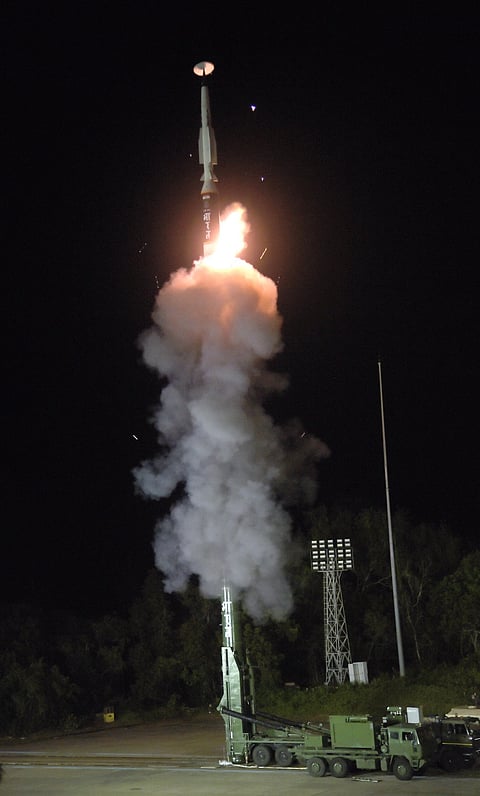
- Home
- Defence News
- Defence Appointments
- Defence Manufacturing
- Ministry of Defence

New Delhi: In a historic accomplishment, India successfully tested a long-range hypersonic missile on Sunday, November 17. This milestone has put the country in the league of a select few nations with the advanced technology.
The missile was test-fired off the coast of Odisha. It can carry several payloads for ranges exceeding 1,500 km for the armed forces, the ministry of defence said in a statement.
In this article, we will explain to you what these missiles are and their significance in national security.
Hypersonic missiles are often described as a ‘game-changer’ for national security. There is a race among countries to develop such weapons as their manoeuvrability and hypersonic speeds are an advantage, helping these missiles evade nearly any defence system at present.
These weapons can fly at speeds more than five times the speed of sound, or Mach 5. These hi-tech missiles fly lower and are harder to detect than ballistic missiles. They reach the targets faster and can change course during flight.
There are two types of hypersonic weapons : Hypersonic glide vehicles (HGV) and Hypersonic Cruise Missiles (HCM).
Like regular ballistic missiles, HGVs are launched from a rocket. After this, the glide vehicle separates from the rocket and “glides” at the speed of at least Mach 5 toward a target.
The HCMs use high-speed, air-breathing engines called scramjets after acquiring their target.
(Defence Watch– India’s Defence News centre that places the spotlight on Defence Manufacturing, Defence Technology, Strategy and Military affairs is on Twitter. Follow us here and stay updated.)
